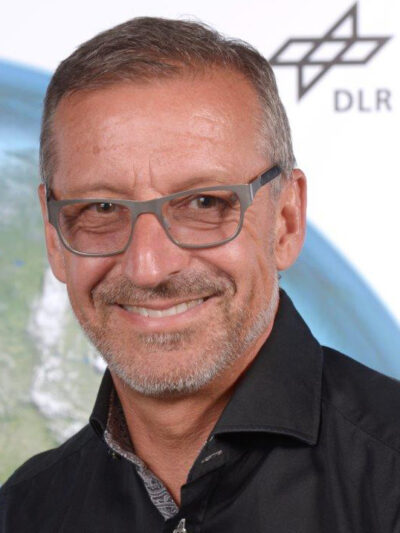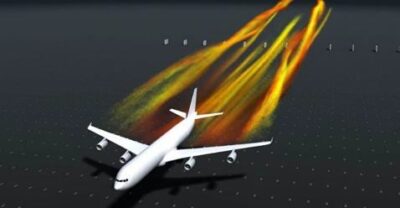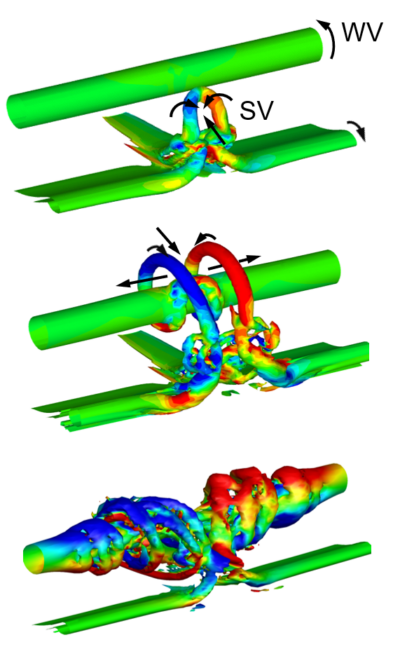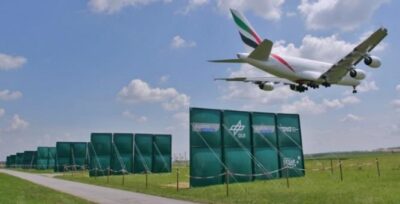
Keynote Lecture
Frank Holzäpfel
Senior Scientist (Dr.-Ing. habil.)
Institute of Atmospheric Physics
German Aerospace Center, Germany
Dr.-Ing. habil. Frank Holzäpfel graduated as a mechanical engineer from the University of Karlsruhe (TH) in 1990. He then specialized in measurement and modelling of turbulent swirling flows at the Engler Bunte Division of Combustion Technology in Karlsruhe, where he obtained his Dr.-Ing. in 1996. In 1997 he became a Research Scientist at the Institute of Atmospheric Physics, DLR (German Aerospace Center) in Oberpfaffenhofen, where he concentrates on wake vortex research, including large eddy simulation, real-time wake vortex model development, field experiments, wake vortex advisory systems, risk analysis, and wake vortex decay enhancement. In 2005 he obtained his Habilitation in Fluid Dynamics at the Faculty of Mechanical Engineering of the Technical University Munich where he was an associate lecturer from 2007 to 2009. In 2014 he was awarded the title Senior Scientist.
Lecture title:
Mitigating Aircraft Wake Vortex Risks During Final Approach via Plate Lines
by Frank Holzäpfel, Anton Stephan, Grigory Rotshteyn, Dennis Vechtel

Fig. 1: Numerical simulation of wake vortex evolution generated by landing A340 aircraft with plate line.
As an unavoidable consequence of lift, every flying vehicle generates counter-rotating regions of turbulence known as wake vortices (see Fig. 1). These long-lived trailing vortices constitute a potential threat to following air traffic. Aircraft must therefore keep to a predetermined minimum separation distance. These aircraft separations limit the capacity of congested airports in a basically rapidly growing aeronautical environment. Decades of research on effective aircraft modifications aiming at the alleviation of the wake vortex hazard did not lead to operational use until today.
The highest risk to encounter wake vortices prevails in ground proximity, where the vortices cannot descend below the glide path but tend to rebound due to the interaction with the ground surface. Weak crosswinds may compensate the self-induced lateral propagation of the upwind vortex, such that it may hover over the runway directly in the flight path of the following aircraft. That’s why aircraft experience wake vortex encounters time after time, even under adherence to separation standards.
 Fig. 2: Ω-shaped secondary vortex (SV) approaches wake vortex (WV) and wraps around it leading to premature wake vortex decay [1].
Fig. 2: Ω-shaped secondary vortex (SV) approaches wake vortex (WV) and wraps around it leading to premature wake vortex decay [1].
So-called plate lines mitigate the risk of wake vortex encounters during final approach and may help to enhance runway capacity. One plate line consists of several upright plates that are installed underneath the approach glide path at the ends of runways (Figs. 1 and 3). Plate lines are passive, cost-effective, robust and safe.
Since the first idea developed in the year 2008, the functionality of the patented plate lines was first demonstrated in towing tank experiments [1]. Next, using high-performance numerical simulations, the underlying physical mechanism was analyzed in detail, the size of the plate lines was optimized, and the influence of wind was investigated [1]. Flight tests with the DLR research aircraft HALO (Gulfstream G550) at the special airport Oberpfaffenhofen showed that the lifetime of the longest-lived vortices can be reduced by about 30%.
When a vortex gets close to the plates, strong Ω-shaped secondary vortices (SV) are induced at the plate’s surface that actively approach the wake vortices (WV) by self-induced motion, (see Fig. 2, up). Then the secondary vortices are wrapped around the wake vortices by the primary wake vortex flow (Fig. 2, center). Finally, the secondary vortices propagate along either side of the wake vortices again driven by self-induced motion and accelerate their decay (Fig. 2, low). In Fig. 2 curved arrows denote the rotational direction of the vortices while straight arrows denote their self-induced directions of propagation.
In the year 2019, the effectivity of the plate lines was demonstrated in a large-scale measurement campaign at Vienna International Airport [2]. Two temporary plate lines were installed underneath the glide path to runway 16. During a six-month period, wake vortex decay was measured for 9473 landings using lidar. It was found that plate lines reduce the lifetime of the most safety-relevant wake vortices by 22% for Medium category aircraft and by up to 37% for Heavy category aircraft. Depending on the aircraft pairing, plate lines allow for a potential separation reduction of 12% to 20% compared to the RECAT-EU separation scheme.

Fig. 3: Overflight of A380 of one of the experimental plate lines installed at runway 16 of Airport Vienna.
References
- Stephan, et al. (2014). Enhancement of aircraft wake vortex decay in ground proximity, CEAS Aeronautical Journal, 5, 109-125, http://dx.doi.org/10.1007/s13272-013-0094-8.
- Holzäpfel, et al. (2021). Mitigating Wake Turbulence Risk During Final Approach via Plate Lines, AIAA Journal, accepted, https://doi.org/10.2514/6.2020-2835.
Acknowledgments
This project has received funding within the framework of the SESAR Joint Undertaking “Increased Runway and Airport Throughput” project (PJ.02 EARTH) and the “Safely Optimized Runway Throughput” project (VLD3-W2 SORT) within the European Union’s Horizon 2020 research and innovation programme under grant agreement Nos 731781 and 874520 as well as from the German Aerospace Research Center (DLR) project “Wetter und disruptive Ereignisse”.